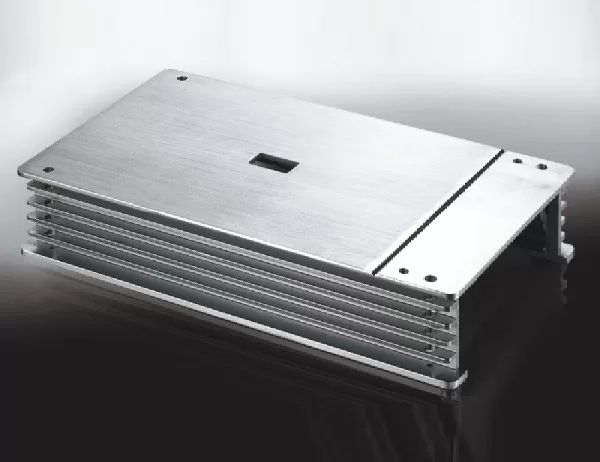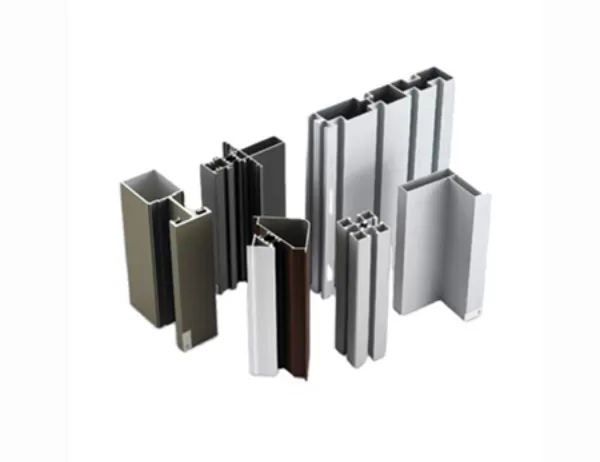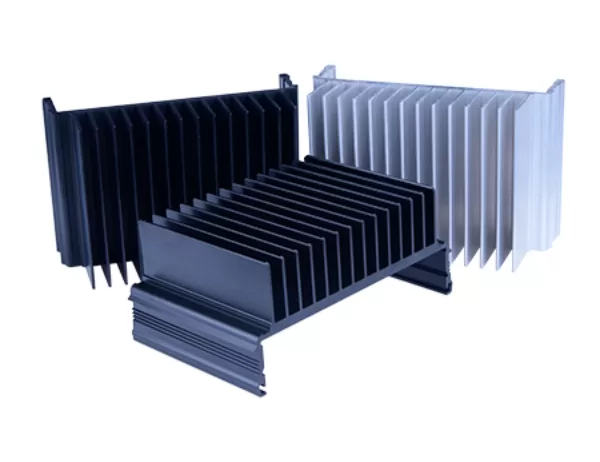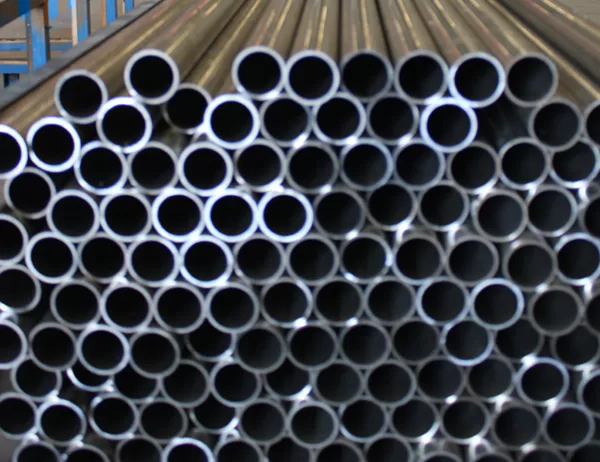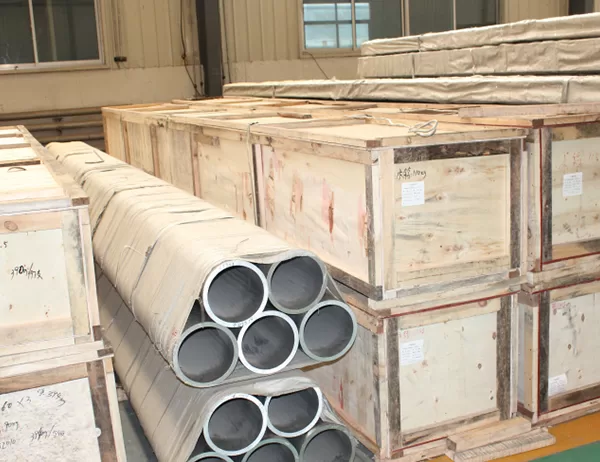Introduction
Fluorocarbon coatings have revolutionized the protection and functionality of aluminium surfaces in various industries. From architectural marvels to automotive components, these coatings offer exceptional performance characteristics. This article delves into the scientific principles underlying fluorocarbon coating technology, exploring its composition, properties, and application methods.
Composition of Fluorocarbon Coatings
Fluorocarbon coatings primarily consist of fluoropolymers, a class of synthetic materials characterized by their fluorine-carbon bonds. These bonds impart remarkable durability, chemical resistance, and non-stick properties to the coating. The most commonly used fluoropolymer for aluminium coatings is polyvinylidene fluoride (PVDF).
Properties of Fluorocarbon Coatings
1. Chemical Resistance: Fluorocarbon coatings exhibit exceptional resistance to a wide range of chemicals, including acids, bases, solvents, and aggressive industrial atmospheres. This property makes them ideal for applications where chemical exposure is a concern.
2. Corrosion Protection: Aluminium surfaces are susceptible to corrosion, but fluorocarbon coatings provide a protective barrier that prevents the formation of oxidation and rust. This significantly extends the lifespan of aluminium components and reduces maintenance costs.
3. UV Resistance: Fluorocarbon coatings contain UV-stabilizing agents that absorb and scatter ultraviolet radiation from the sun. This prevents the coating from fading, chalking, or degrading over time, ensuring long-lasting color retention and surface integrity.
Application Methods
Fluorocarbon coatings are typically applied using one of the following methods:
1. Spraying: The coating is sprayed onto the aluminium surface using specialized spray guns. This method is suitable for large-scale applications and allows for precise control of coating thickness.
2. Coil Coating: This process involves passing aluminium coils through a series of chemical treatments and coating stations. It is a continuous and efficient method for coating large volumes of aluminium.
3. Powder Coating: Fluorocarbon coatings can be formulated as powders that are electrostatically applied to the aluminium surface. This method provides excellent adhesion and a uniform coating thickness.
Applications of Fluorocarbon Coatings
Fluorocarbon coatings find widespread application in various industries, including:
1. Architecture: They are used to protect and enhance the aesthetic appeal of building facades, cladding, and roofing systems.
2. Automotive: Fluorocarbon coatings are applied to automotive components such as wheels, bumpers, and trim to enhance durability and resist wear and tear.
3. Aerospace: These coatings are used in aerospace applications where lightweight, corrosion-resistant, and heat-resistant materials are essential.
Conclusion
Fluorocarbon coatings are scientifically engineered to provide exceptional protection and functionality to aluminium surfaces. Their unique composition and properties make them ideal for a wide range of applications, from architectural structures to automotive components and aerospace systems. By understanding the science behind these coatings, engineers and designers can optimize their performance and extend the lifespan of aluminium substrates.
